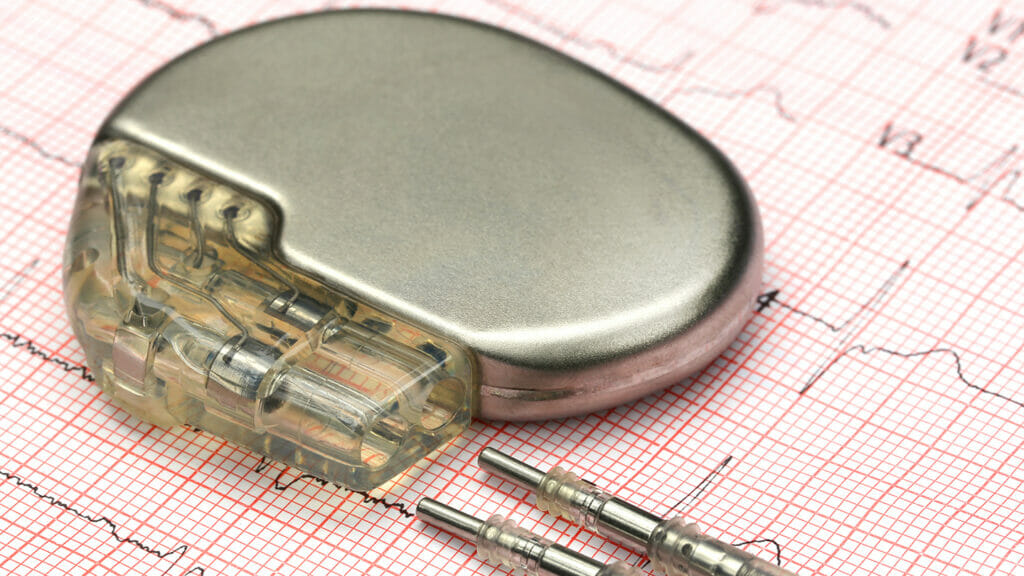

As new pacemaker and implantable heart technology becomes available, it has become increasingly important for caregivers to keep track of the different models.
A new survey classifies cardiac implantable electronic devices, or CIEDs, according to both their function and where in the heart their components are placed. The various categories also overlap, the study indicates, as CIEDs can be leadless — that is, have no wires connecting heart implants to the battery — and can include defibrillator shock capabilities.
“The field of CIEDs has evolved substantially in the past two decades,” the study authors wrote. “Despite these major advances, several gaps in knowledge remain. The increasing number of patients with a CIED has made it necessary for all clinicians to have a basic understanding of what these devices do, and the consideration of how they should be managed.”
More than 400,000 CIEDs are implanted every year in the United States, the report states. More than 70% of pacemaker recipients are older adults, according to Yale Medicine.
The biggest advance in pacemaker tech over the past few years is the use of leadless models that can be used in multiple heart chambers, the report states.
Leadless pacemakers have led to more successful implantation and less major complications, according to the report. One exception, however, is a heightened risk from leadless models of tearing of the heart muscle wall, which happens in very rare instances but is a life-threatening emergency, the report authors noted.
Although the different categories can be confusing, the report classifies different types of pacemakers as follows:
- Bradycardia pacemakers, which are the oldest type and typically are used for sick sinus syndrome and/or complete heart blockage.
- Biventricular pacemakers, which go into both heart chambers and often are used to treat heart failure.
- Conduction system pacing, which is meant to better model physiologic heart muscle movements and is considered slightly easier to deploy.
- Implantable defibrillators, which can re-engage the heart during sudden cardiac arrest.
The CIED review was published Thursday in the New England Journal of Medicine.


